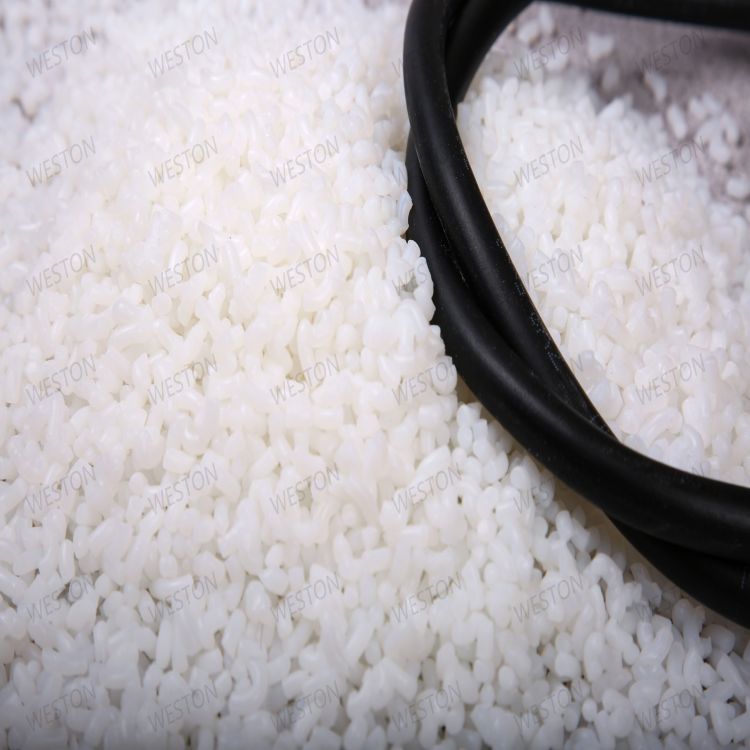-
Categories
-
Pharmaceutical Intermediates
-
Active Pharmaceutical Ingredients
-
Food Additives
- Industrial Coatings
- Agrochemicals
- Dyes and Pigments
- Surfactant
- Flavors and Fragrances
- Chemical Reagents
- Catalyst and Auxiliary
- Natural Products
- Inorganic Chemistry
-
Organic Chemistry
-
Biochemical Engineering
- Analytical Chemistry
- Cosmetic Ingredient
-
Pharmaceutical Intermediates
Promotion
ECHEMI Mall
Wholesale
Weekly Price
Exhibition
News
-
Trade Service
A few days ago, the journal Science Advances published the results of scientists from the University of Oxford: how the natural activity of bacteria can be used to assemble to power microscopic wind turbines, or to power other man-made micro-machines, such as mobile phone components
.
This study uses computer simulations to show that the disorderly agglomeration effect of dense active substances, such as bacteria, can be organized to propel the cryptopole rotor and provide a stable source of energy such as electricity
.
The researchers say that these bio-propelled generators can later be developed into micro-motors powered by micro-man-made devices, which can self-assemble and self-power.
Dr Tyler Shendruk, from the University of Oxford's Department of Physics, said they thought the way to generate tiny amounts of electricity for micromachines might be obtained directly from biological systems, such as bacterial
suspensions.
The researchers believe that dense bacterial suspensions are typically active fluids
that can flow autonomously.
Since swimming bacteria can drive the chaotic flow of life, they are normally too disordered to extract useful energy
from it.
But when the Oxford team immersed the active fluid with 64 symmetrical miniature rotors, the scientists found that the bacteria spontaneously organized around the adjacent rotor and began to rotate in the opposite direction, a simple structure of an old-fashioned wind turbine
.
Dr.
Shendruk adds that the interesting thing is that we don't need to pre-design micro-gear-shaped turbines
.
These rotors assemble themselves called a bacterial wind turbine
.
And they don't need to input energy such as electricity, and the internal biochemical process can produce a long-lasting and stable mechanical ability to turn a set of rotors
.
One of the authors, Dr Julia Yeomans of the Department of Physics at the University of Oxford, said the industry could be very promising if we could understand how to develop similar designs
.
A few days ago, the journal Science Advances published the results of scientists from the University of Oxford: how the natural activity of bacteria can be used to assemble to power microscopic wind turbines, or to power other man-made micro-machines, such as mobile phone components
.
This study uses computer simulations to show that the disorderly agglomeration effect of dense active substances, such as bacteria, can be organized to propel the cryptopole rotor and provide a stable source of energy such as electricity
.
The researchers say that these bio-propelled generators can later be developed into micro-motors powered by micro-man-made devices, which can self-assemble and self-power.
Dr Tyler Shendruk, from the University of Oxford's Department of Physics, said they thought the way to generate tiny amounts of electricity for micromachines might be obtained directly from biological systems, such as bacterial
suspensions.
The researchers believe that dense bacterial suspensions are typically active fluids
that can flow autonomously.
Since swimming bacteria can drive the chaotic flow of life, they are normally too disordered to extract useful energy
from it.
But when the Oxford team immersed the active fluid with 64 symmetrical miniature rotors, the scientists found that the bacteria spontaneously organized around the adjacent rotor and began to rotate in the opposite direction, a simple structure of an old-fashioned wind turbine
.
Dr.
Shendruk adds that the interesting thing is that we don't need to pre-design micro-gear-shaped turbines
.
These rotors assemble themselves called a bacterial wind turbine
.
And they don't need to input energy such as electricity, and the internal biochemical process can produce a long-lasting and stable mechanical ability to turn a set of rotors
.
One of the authors, Dr Julia Yeomans of the Department of Physics at the University of Oxford, said the industry could be very promising if we could understand how to develop similar designs
.







